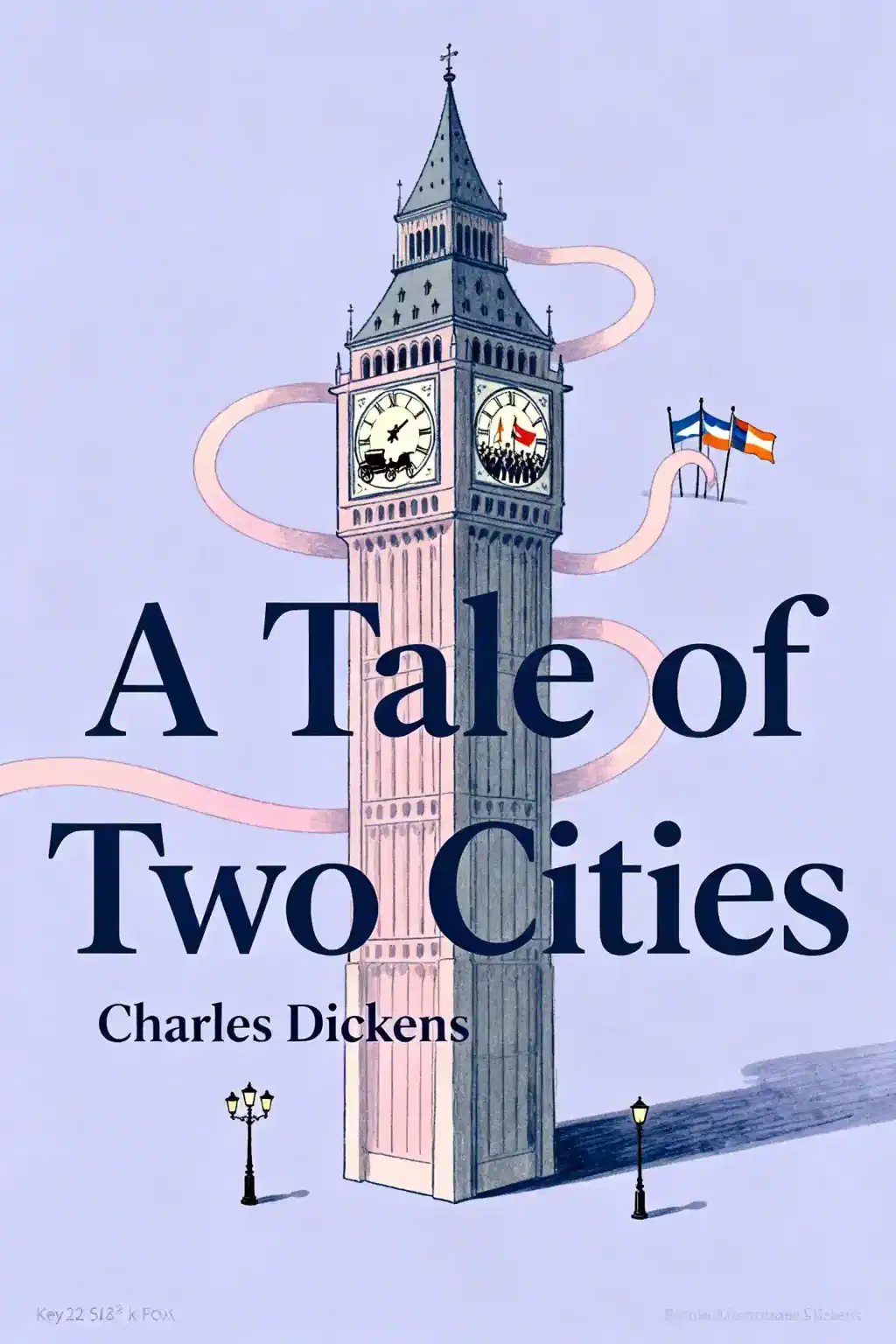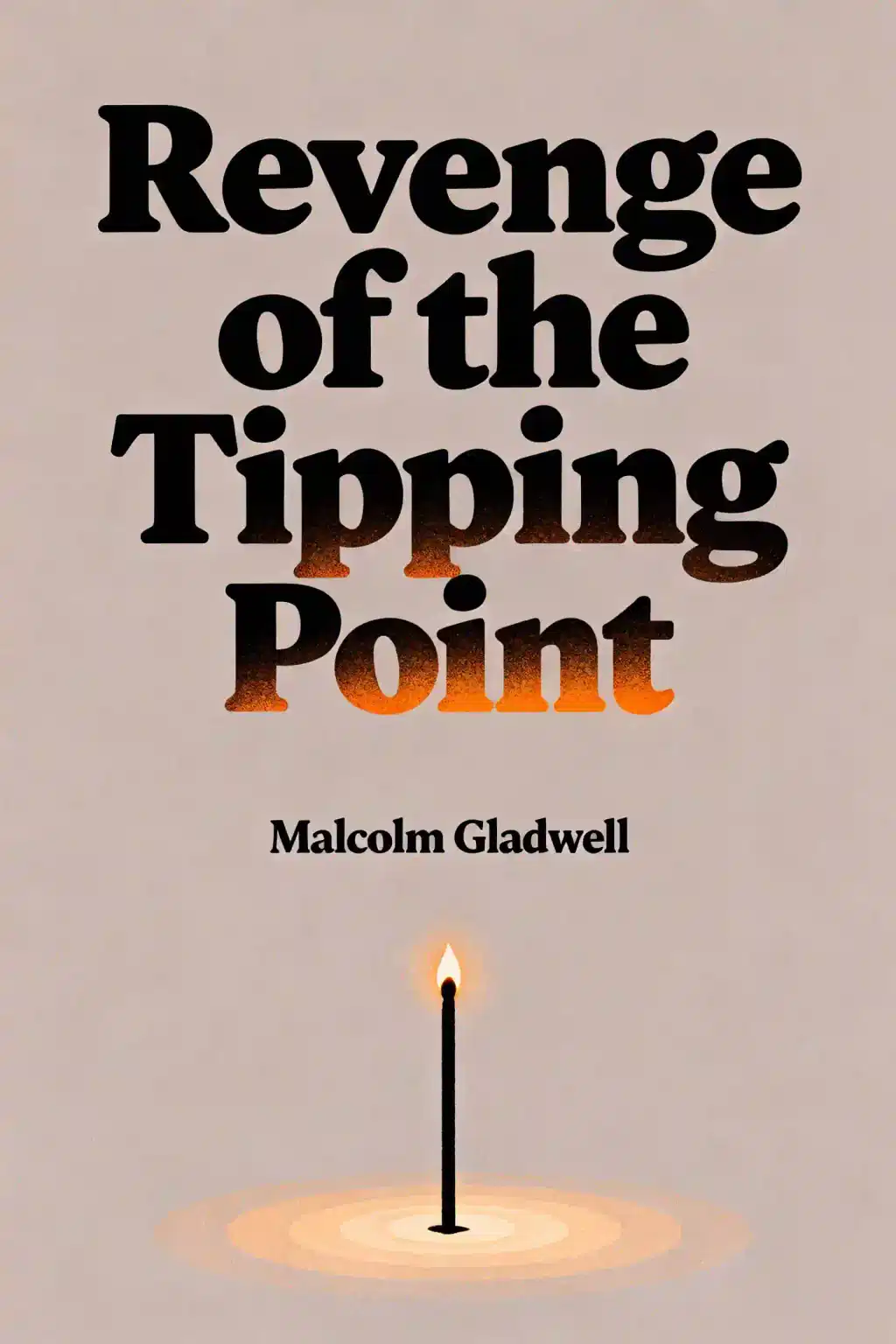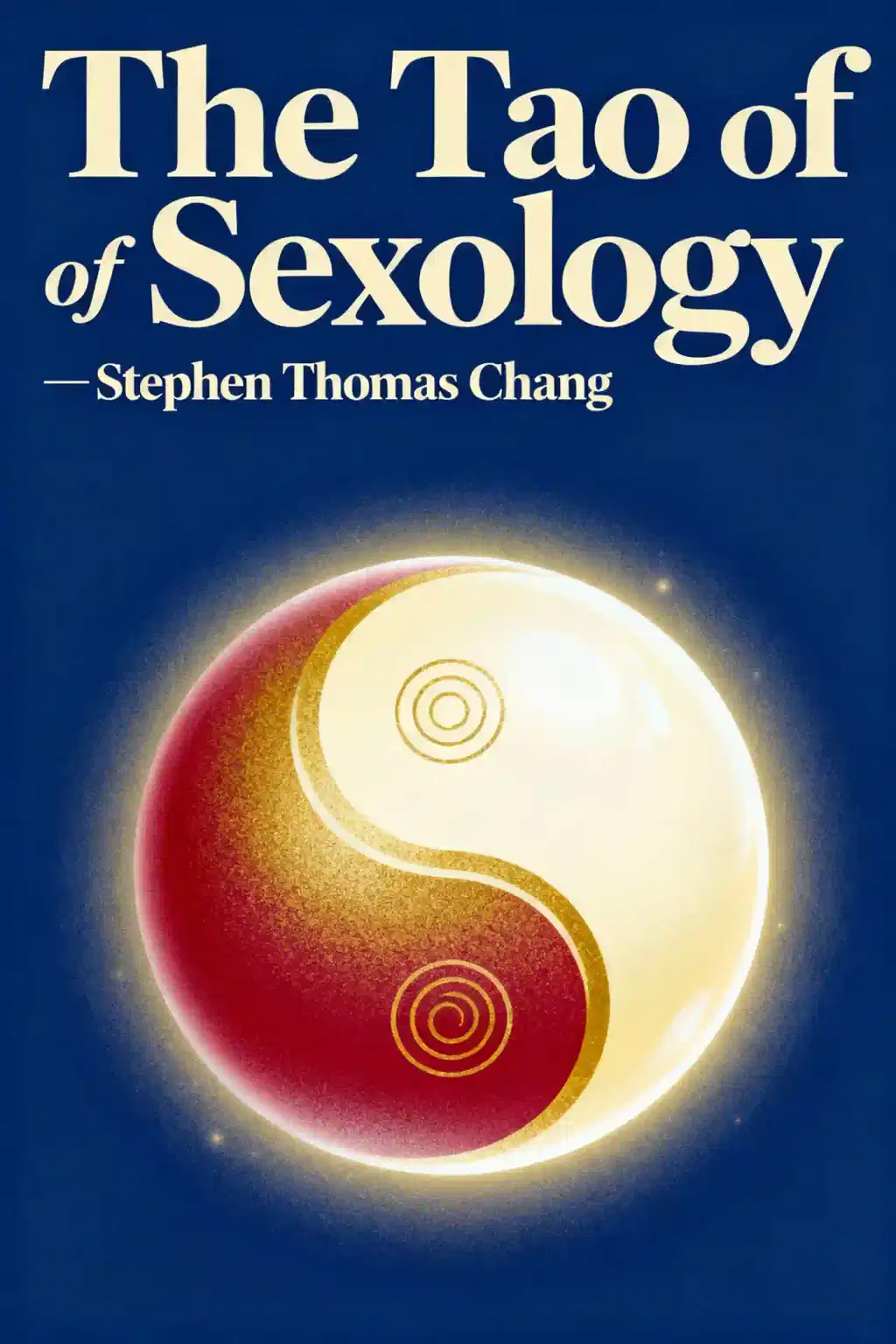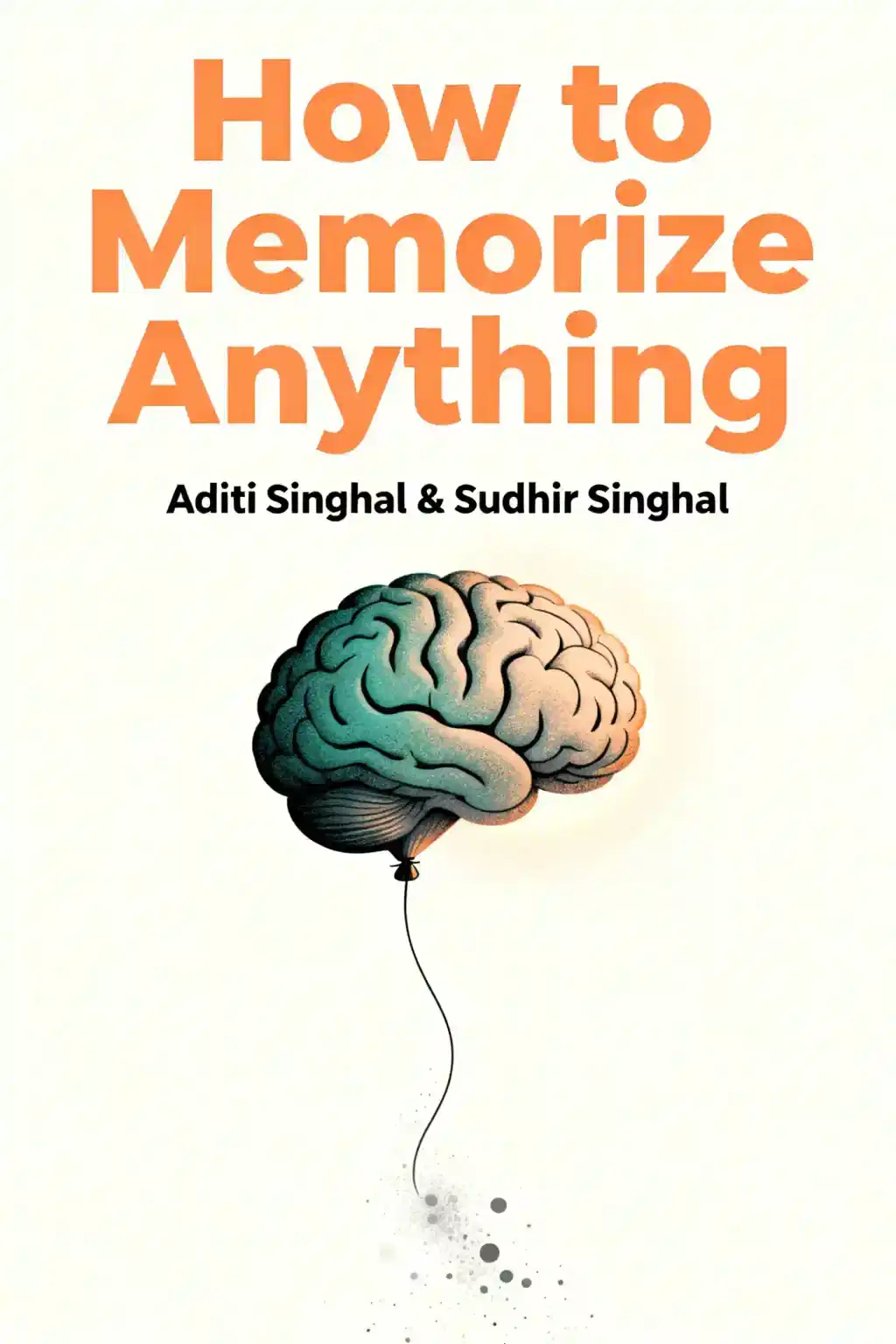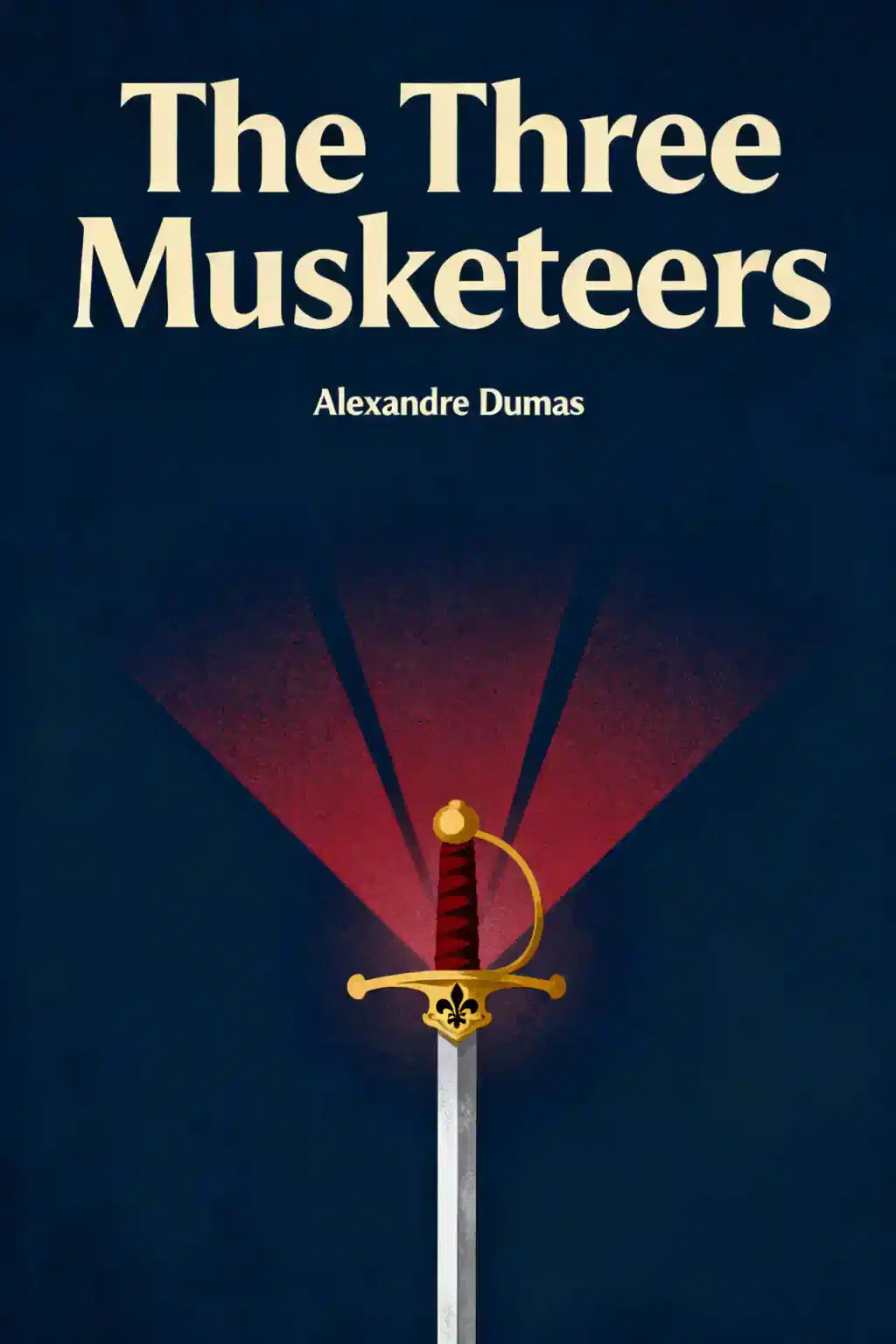
The Three Musketeers by Alexandre Dumas Summary
In 1844, Dumas unleashed four heroes disguised as "Three Musketeers" - a title so absurd it guaranteed success. This swashbuckling masterpiece captivated an entire nation, with one observer joking even desert island castaways were reading it "underneath parakeet-feather parasols."
About the author
Alexandre Dumas (1802-1870) was a prolific French novelist and playwright best known for his historical adventure novels, including The Three Musketeers. Born in northern France to a family with both French aristocratic and Haitian heritage, Dumas became one of the most widely read French authors of the 19th century.
The Three Musketeers, originally published as a serial, exemplifies his mastery of swashbuckling adventure and historical intrigue, blending romance, honor, and political drama in 17th-century France.
Dumas's literary career flourished after early success as a dramatist, and he went on to create enduring classics such as The Count of Monte Cristo, Twenty Years After, and The Vicomte of Bragelonne. His Romantic style and gift for storytelling made him immensely popular across Europe. His works have been translated into more than 100 languages and adapted into nearly 200 films, cementing his legacy as a master of adventure fiction.
FAQs About This Book
The Three Musketeers by Alexandre Dumas is a historical adventure novel set in 1625 France that follows D'Artagnan, a young Gascon who travels to Paris to join the elite Musketeers of the Guard. He befriends three legendary musketeers—Athos, Porthos, and Aramis—and becomes entangled in political intrigue involving Cardinal Richelieu, Queen Anne, and the treacherous spy Milady de Winter. The story combines swashbuckling action with themes of loyalty, honor, and friendship.
Alexandre Dumas wrote The Three Musketeers, publishing it in 1844 as a serialized novel. Born in 1802, Dumas was a prolific French author of mixed-race heritage whose father was a celebrated general of Haitian descent. He became one of the most widely read French authors, with works translated into over 100 languages. Dumas also wrote The Count of Monte Cristo and produced over 100,000 pages of published material during his career.
The Three Musketeers remains worth reading as one of literature's quintessential adventure novels that has captivated readers for over 180 years. Alexandre Dumas crafts a fast-paced narrative filled with sword fights, romance, political intrigue, and memorable characters that continue to influence modern adventure storytelling. The novel's themes of friendship, loyalty, and honor remain timeless and relevant. Its enduring popularity is evident through nearly 200 film adaptations since the early 20th century.
The Three Musketeers appeals to readers who enjoy historical adventure fiction, swashbuckling tales, and stories of brotherhood and loyalty. It's ideal for those interested in 17th-century French history, political intrigue, and action-packed narratives featuring sword fights and daring escapades. Young adults discovering classic literature will appreciate D'Artagnan's coming-of-age journey, while mature readers can enjoy the sophisticated plot involving courtly romance and espionage. Fans of Alexandre Dumas or classic adventure novels will find this essential reading.
The Three Musketeers explores themes of:
- loyalty and friendship through the unbreakable bond between D'Artagnan, Athos, Porthos, and Aramis.
- Honor and courage drive the characters as they face duels, battles, and dangerous political schemes.
- Alexandre Dumas weaves in themes of ambition and social mobility as D'Artagnan pursues his dream of becoming a musketeer.
- The novel also examines betrayal and deception through Milady de Winter's treachery and Cardinal Richelieu's manipulation of power.
The four musketeers are D'Artagnan, the ambitious protagonist from Gascony who dreams of joining the elite guard, and his three friends:
- Athos, a nobleman with a tragic past involving betrayal,
- Porthos, a boastful but loyal warrior,
- Aramis, a musketeer torn between military life and religious devotion.
Despite the title, D'Artagnan becomes the fourth member of this legendary quartet, united by their famous motto "All for one, and one for all".
The Three Musketeers follows D'Artagnan as he travels to Paris in 1625 and accidentally offends three musketeers, challenging each to a duel. When Cardinal Richelieu's guards interrupt, they unite against a common enemy and become friends. The musketeers become embroiled in a conspiracy where Richelieu and his spy Milady de Winter attempt to discredit Queen Anne by exposing her affair with the Duke of Buckingham. D'Artagnan and his friends must retrieve the Queen's diamond studs from England to save her reputation.
The Three Musketeers concludes with Milady de Winter poisoning Constance Bonacieux, D'Artagnan's love interest, before the musketeers can rescue her. The four friends capture Milady and hold a trial, sentencing her to death for her numerous crimes and executing her. Despite Cardinal Richelieu attempting to arrest D'Artagnan, he's impressed by the young man's courage and offers him a lieutenant position in the Musketeers. D'Artagnan accepts the promotion while mourning Constance, finally achieving his dream of becoming a musketeer.
Cardinal Richelieu serves as the primary antagonist in The Three Musketeers, wielding immense political power as chief minister to King Louis XIII. Alexandre Dumas portrays him as a cunning manipulator who uses his agent, the Comte de Rochefort, and spy Milady de Winter to advance his schemes. Richelieu attempts to discredit Queen Anne to gain more control over the King, creating the central conflict that pits him against D'Artagnan and the musketeers. Despite his villainy, he ultimately recognizes D'Artagnan's courage and offers him advancement.
Milady de Winter is the cunning and dangerous spy working for Cardinal Richelieu in The Three Musketeers. Alexandre Dumas crafts her as a femme fatale who seduces D'Artagnan before attempting to poison him when he discovers the criminal brand on her shoulder. She is revealed to be the woman who broke Athos's heart, having hidden her criminal past from him. Milady orchestrates the assassination of the Duke of Buckingham and murders Constance Bonacieux before the musketeers capture and execute her for her crimes.
The Three Musketeers blends historical fact with fiction, set during the actual reign of King Louis XIII and Cardinal Richelieu in 1625 France. Alexandre Dumas based his musketeers on real historical figures who served in the King's elite guard. The political tensions between the King, Cardinal Richelieu, and Queen Anne reflect genuine 17th-century French court dynamics. However, Dumas embellished characters and events for dramatic effect, creating a historical romance rather than a factual account. The novel captures the spirit and atmosphere of the era while prioritizing adventure over documentary precision.
The Three Musketeers and The Count of Monte Cristo are both Alexandre Dumas masterpieces, but differ in tone and structure. The Three Musketeers emphasizes camaraderie, swashbuckling adventure, and ensemble heroics across a fast-paced episodic narrative. The Count of Monte Cristo focuses on a single protagonist's journey through betrayal, imprisonment, and elaborate revenge, creating a darker and more psychologically complex tale. Both showcase Dumas's gift for historical fiction, intricate plotting, and memorable characters, originally published as serials in the 1840s.
Quick Summary Mode - Read or listen to The Three Musketeers Summary in 9 Minutes
Break down key ideas from The Three Musketeers into bite-sized takeaways to understand how innovative teams create, collaborate, and grow.
Flash Card Mode - Top 10 Insights from The Three Musketeers in a Nutshell
Distill The Three Musketeers into rapid-fire memory cues that highlight Pixar’s principles of candor, teamwork, and creative resilience.

Fun Mode - The Three Musketeers Lessons Told Through 23-Min Stories
Experience The Three Musketeers through vivid storytelling that turns Pixar’s innovation lessons into moments you’ll remember and apply.
Personalize Mode - Read or listen to The Three Musketeers Summary in 0 Minutes
Ask anything, pick the voice, and co-create insights that truly resonate with you.

From Columbia University alumni built in San Francisco
See More Stories?

Get the The Three Musketeers summary as a free PDF or EPUB. Print it or read offline anytime.




















